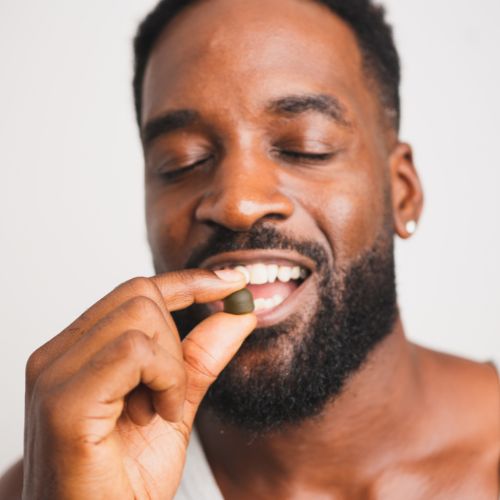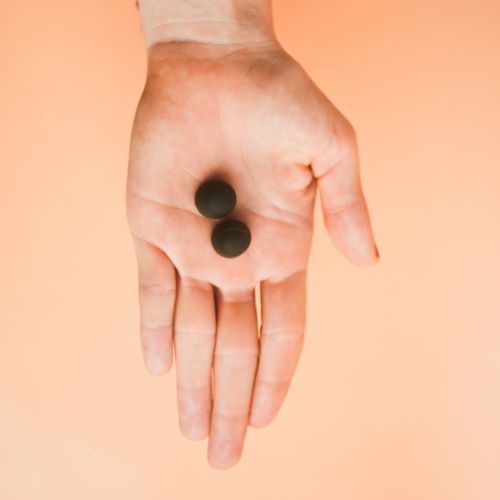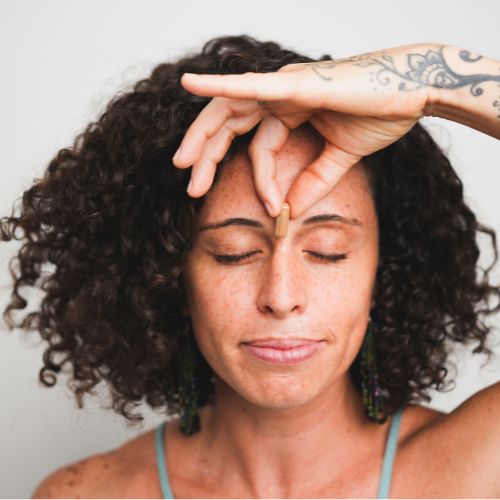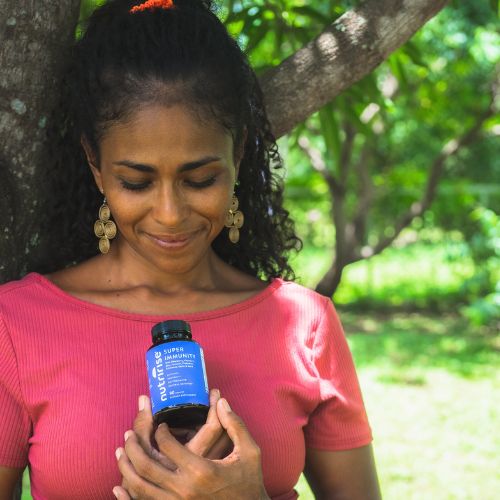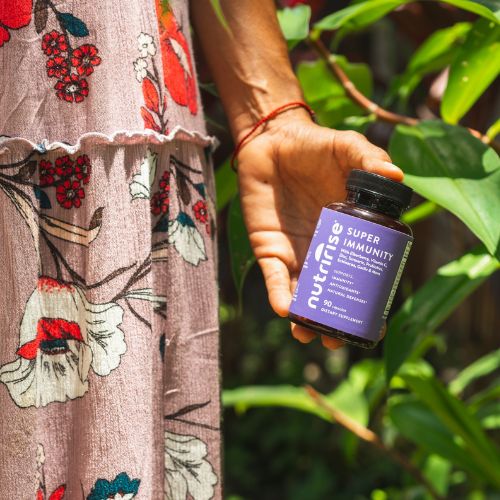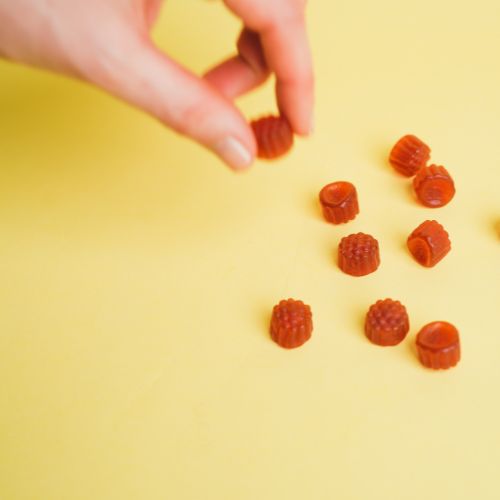Yin & Yang
One of the key concepts in Traditional Chinese Medicine is the balance of yin and yang. Yin represents the feminine, dark, and passive aspects of life, while yang represents the masculine, light, and active aspects.
In the body, yin and yang must be in balance for optimal health.
For example, when yang is too high, it can lead to symptoms such as fever, agitation, and hypertension. Conversely, when yin is too high, it can lead to symptoms such as fatigue, depression, and edema (swelling and water retention).
The 5 elements
Another important concept in Traditional Chinese Medicine is the five elements: wood, fire, earth, metal, and water.
Each element is associated with a different organ system, emotion, and season. For example, wood is associated with the liver and gallbladder, anger, and spring. By understanding the relationship between the elements, practitioners can diagnose and treat imbalances.
Body types/constitutions
TCM recognizes different body types or “constitutions.” These are based on the balance of yin and yang and the five elements.
For example, a person with a "wood" constitution may be prone to liver and gallbladder issues, while a person with a "water" constitution may be prone to kidney and bladder issues.
By understanding one's body type, a TCM practitioner can make personalized treatment plans.
Qi
In TCM, Qi is the vital energy that flows throughout the body, nourishing and healing it. Qi can be compared to the flow of water in a river, it must be able to flow freely in order for the body to be healthy and strong.
When Qi is blocked, it can lead to pain, disease, and imbalance. Acupuncture is a technique that is used to unblock Qi and restore balance to the body. By inserting fine needles into specific points, known as meridians (see below), on the body, acupuncturists can stimulate the flow of Qi and promote healing.
The meridians
Another important aspect of TCM is the concept of Meridians. These are pathways in the body through which Qi flows. There are twelve main meridians, each associated with a specific organ system.
For example, the lung meridian connects to the large intestine meridian and the skin. Traditional Chinese medicine doctors can use acupuncture points, herbs, and other techniques like mindful movement in the form of tai chi or qi gong to balance the flow of Qi through the meridians and promote health.
Energetic herbalism
Herbal medicine is a cornerstone of TCM. It has been used for thousands of years to promote overall vitality and health and to treat illness. Herbs are chosen for their specific properties and are often combined in formulas to create a beautifully synergistic effect.
For example, ginger and licorice are often combined in chinese herbal medicine to treat digestive issues because ginger helps to move the qi, or energy, while licorice helps to gently soothe the stomach.
Mushrooms, on the other hand, are used medicinally to promote vitality, longevity, cognitive health, and immunity.
Additional therapies
In addition to herbs and acupuncture, TCM also incorporates other therapies such as cupping, moxibustion, and tui-na massage.
Cupping involves the use of small glass cups that are placed on the skin to create suction and improve circulation.
Moxibustion is a technique that involves the burning of mugwort, a type of herb, near the skin to warm and stimulate the flow of Qi.
Tui-na massage is a form of Chinese medical massage that uses acupressure to balance Qi and improve the function of the muscles and joints.
Diet therapy is also an important aspect of TCM. Each food has a unique energy and can affect the body in different ways. For example, ginger is considered to be warming and can help to move Qi, while watermelon is considered to be cooling to help reduce inflammation. By choosing the right foods, practitioners can help to balance the body's energy and promote vitality.
It's also important to note that TCM takes into account the individual's unique situation, including the person's physical, emotional, and spiritual state. Practitioners may also consider the person's environment, occupation, and lifestyle. This way, they can create a treatment plan that is tailored to the specific needs of the individual.










